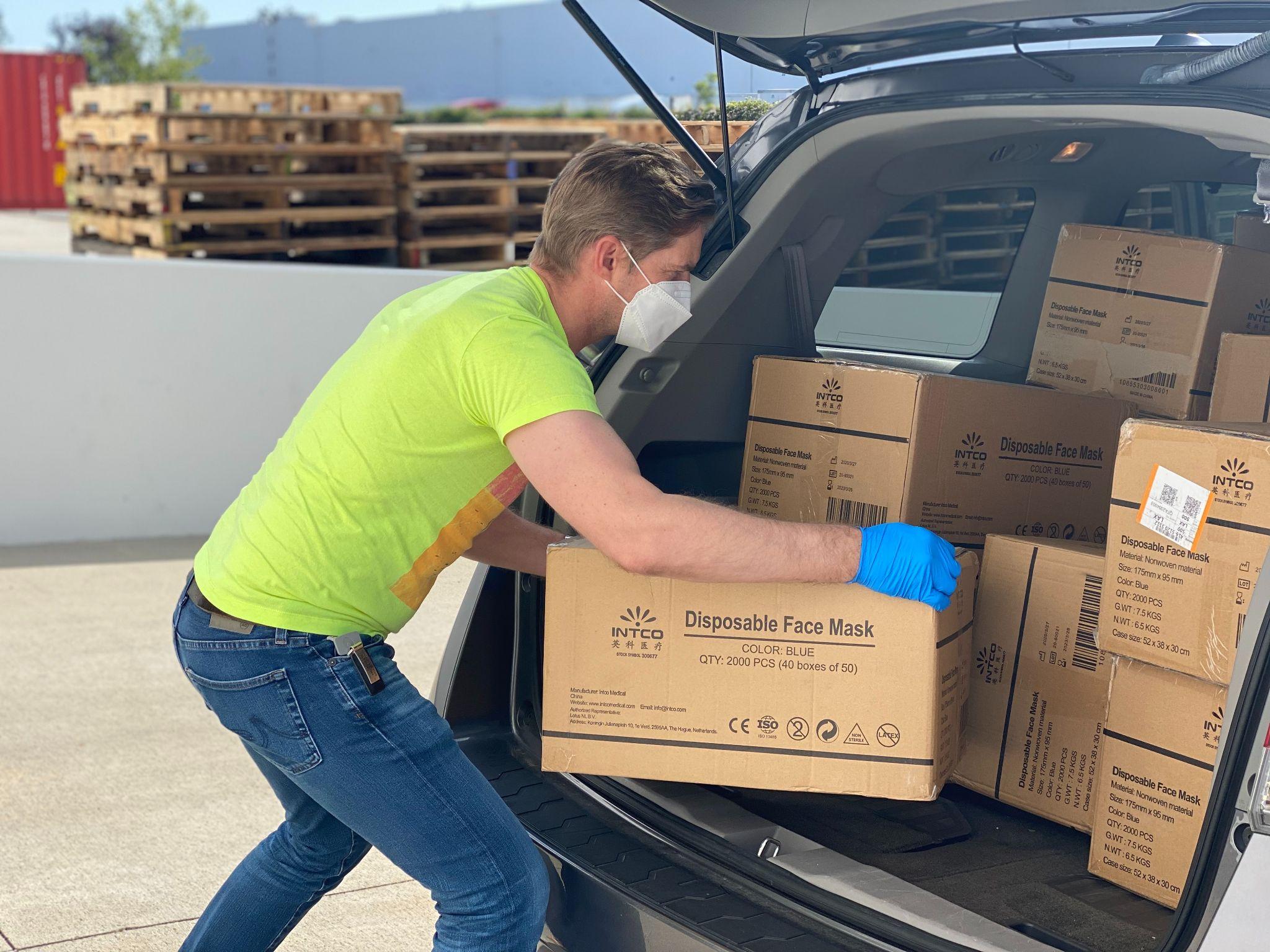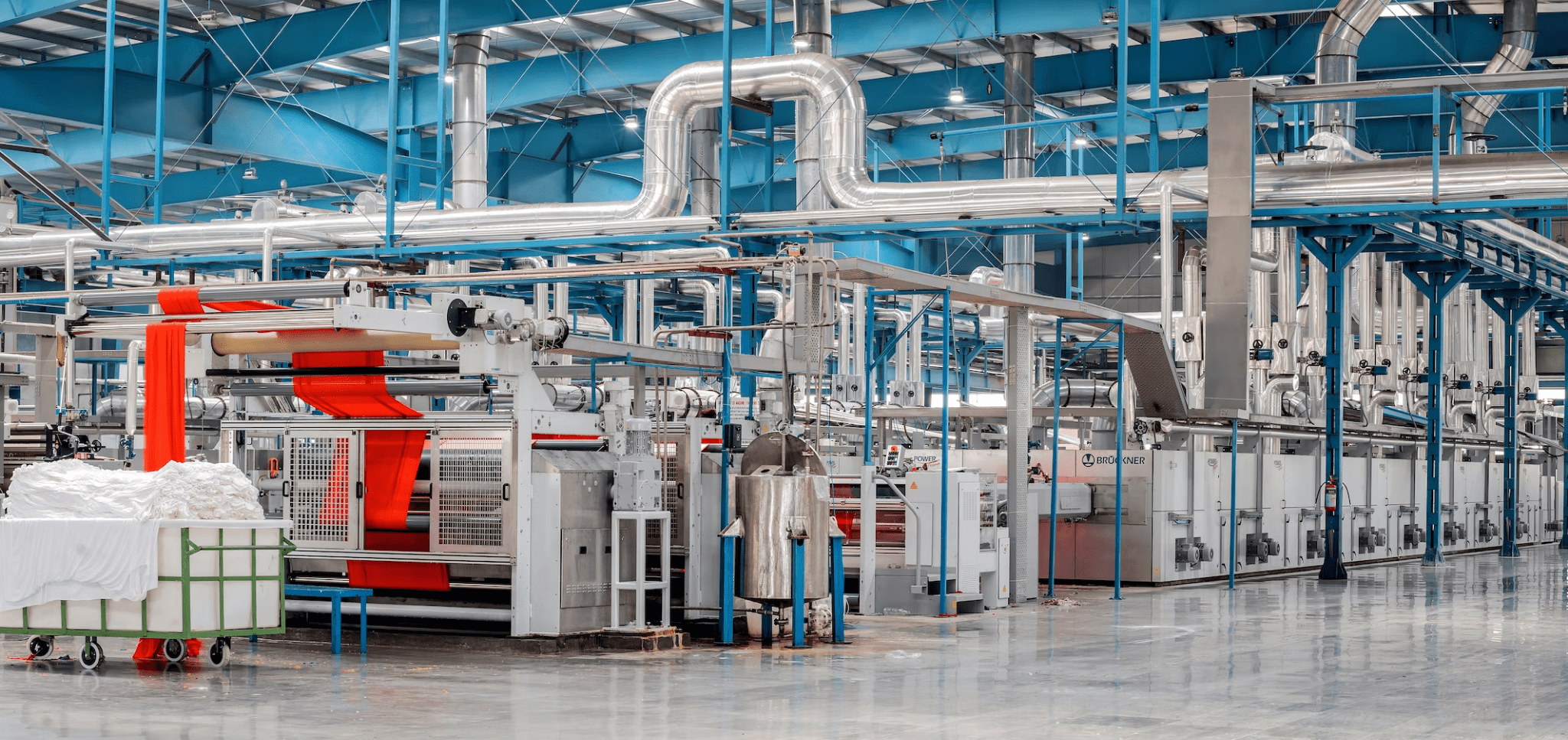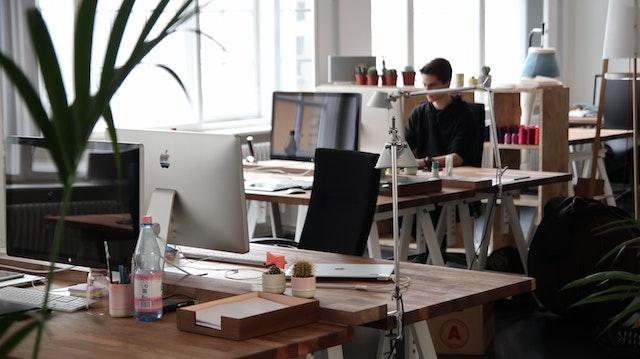What Is The Best Insurance For Your Small Package Shipments?
If you have high hopes for entrepreneurial business success then you’re probably thinking of how you could do this. There are so many business ideas out there, and what do you see yourself doing? For many people they’ll opt to sell products. This could be wholesale items, handmade, and the list could go on and on.
If you’re starting a business, you’ll also want to think about the logistics of it, such as shipping. This can include getting insurance from third parties such as www.secursus.com. But before you begin all that, how do you determine the best insurance for shipping packages? How can you feel confident in your choice if it’s something you’re unfamiliar with? Here is everything you need to know!
Why should a business owner buy small packages insurance?
Some people might think that it is not worth buying because they only have a few personal belongings that are worth protecting. Package Insurance is one type of insurance that covers packages and shipments up to a certain value. It provides coverage for the shipment against loss or damage in transit and for the goods within the shipment against loss or damage during storage and transport. This type of insurance can help you out in the event that something does happen and you need to replace your items quickly; a lot of business owners need it.
What factors impact the cost of shipping insurance?
An insurance company will charge a different amount for shipping insurance than the one charged by a carrier. The price difference is based on the company’s risk assessment. Some factors that impact the cost of shipping insurance are:
- The type of goods being shipped
- The size and weight of the goods
- The type of service used to ship the goods
- Whether or not there is a contract between the buyer and seller
If you’re starting out, there may be a chance that it could be expensive. However, you’ll need to keep your options option and look into different providers.
What does small package insurance cover?
As a business owner who creates and sells products, there is always a chance that during transit something could happen to the package. It could get lost, stolen, or even possibly face some type of damage, It’s clearly not ideal, either. This is why small package insurance is needed for business owners. You won’t have to worry about losing money, and you will still be able to keep solid relationships with customers and clients. It’s going to be up to the insurance company and what they’re planning to offer.
The most common types of small package policies include:
- Insurance on items valued under $500
- Insurance on items valued between $500 and $1,000
- Insurance on items valued between $1,000 and $2,000
- Insurance on items valued between $2,000 and $5,000
However, keep in mind that it will still vary and this is merely an estimate.
Are there any extra fees?
The most common of these is a broker or destination fee, which usually applies to shipments sent by certain logistic companies like FedEx. These charges vary depending on the size of your shipment and your location. If you are shipping something from one company to another company, you might need to pay a broker fee for each shipment as well as a destination fee for each endpoint. It’s all just going to heavily depend.





